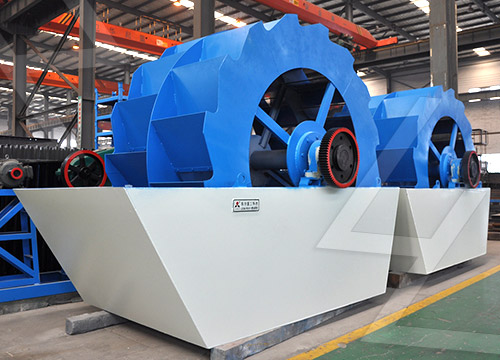Ore processing, also known as mineral processing or beneficiation, involves various physical and chemical methods to extract valuable minerals from ores. The assumptions made in ore processing depend on the specific ore type, technology used, and economic considerations. Below are some common assumptions:
1. Ore Characteristics:
– Uniform Composition: The ore is assumed to have a consistent mineralogical and chemical composition.
– Grade (Metal Content): The average metal content is assumed to be representative of the entire deposit.
– Gangue Minerals: The non-valuable minerals (gangue) are assumed to behave predictably during separation.
.jpg) 2. Processing Parameters:
2. Processing Parameters:
– Liberation Size: Minerals are assumed to be sufficiently liberated at a certain particle size for effective separation.
– Recovery Efficiency: A certain percentage of metal recovery is assumed based on laboratory or pilot-scale tests.
– Reagent Consumption: Chemical reagents (e.g., flotation agents, leaching chemicals) are assumed to work optimally under given conditions.
3. Economic & Operational Assumptions:
– Market Prices: Metal prices are assumed to remain stable or follow projected trends.
– Energy & Water Availability: Continuous supply of energy and water is assumed for processing operations.
– Environmental Regulations: Compliance with environmental standards is assumed without unexpected regulatory changes.
 4. Technological Assumptions:
4. Technological Assumptions:
– Equipment Performance: Crushers, mills, separators, and other machinery operate at designed efficiency levels.
– Scaling Up Results: Laboratory or pilot plant results are assumed to scale linearly to full production.
5. Environmental & Sustainability Assumptions:
– Waste (tailings) can be managed safely without unforeseen environmental impacts.
– Recycling/reuse of process water is feasible without significant degradation in performance.
Would you like assumptions tailored for a specific type of ore (e.g., gold, copper, iron) or processing method (e.g., flotation, heap leaching)? Let me know how I can refine this further!





Leave a Reply